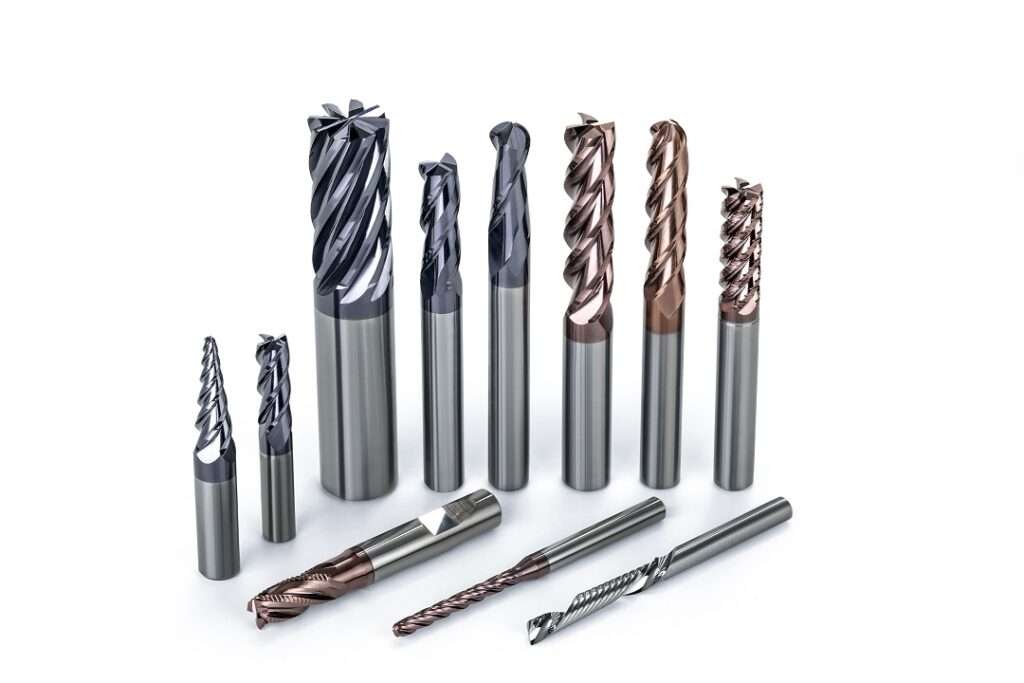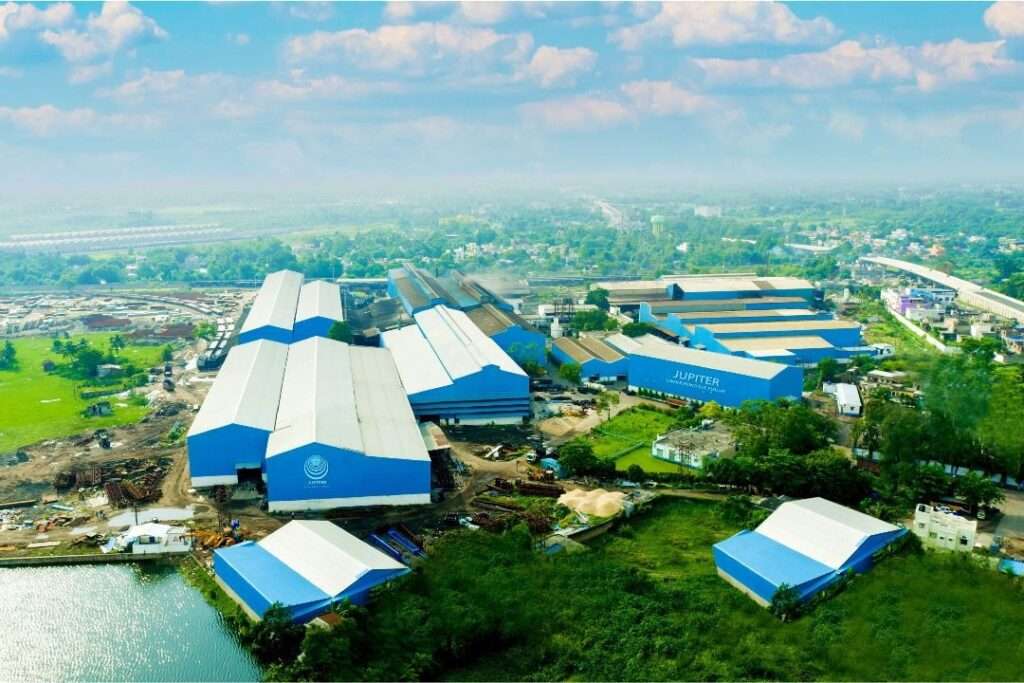Bosch is enhancing safety for motorcyclists with the introduction of six new radar-based assistance systems, including five that are being launched for the first time. Research from Bosch indicates that these systems could potentially prevent one in six accidents on German roads, a significant improvement over previous technologies that only addressed one in seven. After previously transforming the motorcycle industry with its support functions in 2020, Bosch is now collaborating with KTM, a leading European motorcycle manufacturer, to introduce four of these new assistance functions in a model set to be revealed in November 2024, with production slated for 2025.
Geoff Liersch, head of Two-Wheeler & Powersports at Bosch, stated, “Our goal is to enhance safety and comfort for motorcyclists through innovative technologies without compromising the thrill of riding.” KTM will implement these four front radar-based assistance functions, continuing a partnership that began with the successful launch of the Motorcycle Stability Control (MSC) system in 2013. Stefan Haist, Lead KTM Chassis Control System – Street Development, expressed enthusiasm about the ongoing collaboration and the opportunity for KTM to be the first to utilize these advancements.
Adaptive Cruise Control – Stop and Go (ACC S&G)
Navigating traffic jams can be challenging for motorcyclists, requiring constant engagement of the clutch and brakes. To ease this process, Bosch introduced ACC in 2020, a system that adjusts speed to match traffic flow while maintaining a safe distance from the vehicle ahead. The new ACC S&G function enhances this technology by allowing the motorcycle to come to a controlled stop, which is especially effective with the automatic transmission found in KTM’s upcoming model. Riders can easily restart the bike by pressing a button or gently twisting the throttle once traffic resumes.
Group Ride Assist (GRA)
Riding in staggered formations is common among motorcyclists but can be tricky with ACC, as it assumes the motorcycles are centered in the lane. GRA complements ACC by detecting staggered formations and automatically adjusting speed to maintain a safe distance between bikes, facilitating a smooth group ride. In solo riding scenarios, GRA functions like the ACC system.
Riding Distance Assist (RDA)
RDA helps riders maintain a safe following distance in flowing traffic to prevent rear-end collisions. Unlike ACC, which requires a preset speed, RDA allows normal throttle control while automatically managing acceleration and braking as needed. Riders can pre-select their desired distance and can deactivate the system or override it with the throttle for a seamless riding experience.
Emergency Brake Assist (EBA)
EBA is designed for critical situations where rapid response is essential. When the system detects a potential collision and senses that the rider isn’t applying sufficient braking force, it automatically increases brake pressure to help reduce speed and avert accidents.
Rear Distance Warning (RDW)
RDW assists motorcyclists by monitoring traffic behind them and issuing a warning if a vehicle approaches too closely. This alert enables riders to take action to avoid rear-end collisions.
Rear Collision Warning (RCW)
This function alerts vehicles behind the motorcycle of an impending rear-end collision, such as by activating hazard lights, thereby protecting motorcyclists from potential accidents caused by unexpected braking or lack of visibility.
These new systems enhance Bosch’s global portfolio of radar-based assistance technologies, expanding the capabilities of motorcycles. The focus is not only on essential safety features but also on convenience and experiential elements that improve real-world riding situations, ultimately ensuring safety, ease of use, and an unparalleled riding experience.








